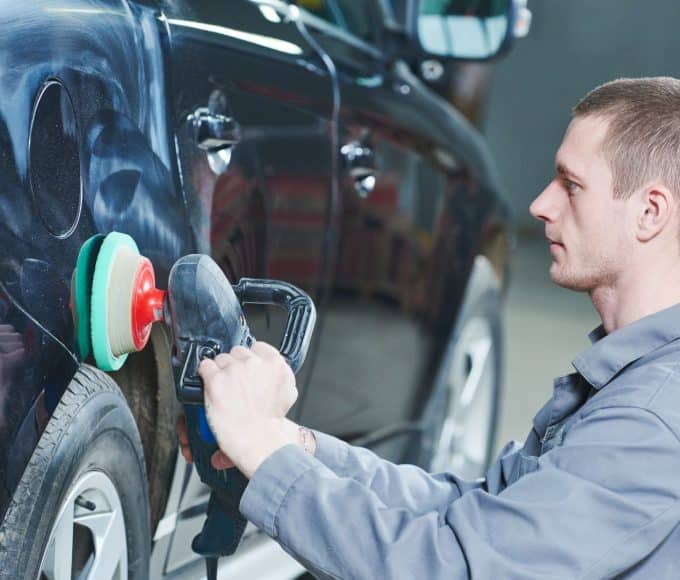Overview
For many years, inventors and automakers have sought ways to make cars both safer and easier on the environment. Although the progress has not always been fast, drivers are now starting to see increasingly more eco-friendly and self-reliant cars than ever before. From the new Nissan Leaf, a fully electric car which is emission-free and can drive nearly one hundred miles before needing another electric charge-up, to cars with lane-assist technology that automatically moves a car that has begun to veer out of its lane, automotive technology is increasingly creating vehicles that are less and less dependant on traditional resources – including drivers.
As technology in lane assistance, as well as cruise control and power steering, drastically improves, car-makers have begun to be able to remove one of the hardest-to-control elements of automobile safety: the drivers. With cars that can increasingly drive themselves, or at least steer themselves clear of danger, innovative automakers hope to create a world in which our cars can function without us being the primary directors anymore.
The Autonomo
The newest concept out there in the world of driverless cars is Autonomo, a half-size automobile which – if widely produced – would sense and connect with other cars on the road to navigate crowded streets and highways without the aid of a human driver. One of the most exciting features of the Autonomo’s design is its ability to communicate with other self-driven autmobiles and make group descisions that enhance safety. By pooling the collective information continutally gathered by each car, a group of Autonomos can effectively determine how to turn, merge, and navigate through the world’s busy streets.
Like a school of fish, the group “mentality” of a travelling pack of Autonomos allows the individual members of the group to maintain the highest level of safety possible, even more so than an individual driver can. And, at half the size of a normal car, these schools of Autonomos can move easily together around a freeway, maximizing space and improving traffic flow.
Although the technology and infrastructure needed for this kind of dramatic technological development are several years out, that hasn’t stopped automakers from adding similar technology to cars that are already on and soon to be on the road.
Current Driverless Technology
Well-known automakers have been improving the self-driving capabilities of a number of already popular cars. For example, Lincoln is planning to introduce an SUV in 2013 which can drive without assistance for several miles of highway. Based on the existing auto-control technology, Lincoln has expanded their capabilities to allow this vehicle to essentially operate without any input from the human driver. The new SUV uses a number of technological systems to detect when it is nearing another car, pick up on road lines and markings, and alert the driver to situations.
There are several other automakers who have begun utilizing this kind of technology in their vehicles: Audi, BMW, and Lexus, to name a few. And while there is no doubt that this technology will continue to grow and appear in more and more cars, there is one giant step that will need to take place before a car like the Auonomo can hit the road.
Car-makers will have to trust their technology enough to let the car become proactive. In the self-driving cars of today, the human driver still has the final say. In a futuristic vision of the world with Autonomos speeding around our city streets and highways, automobile designers, manufacturers, and drivers will have to entrust their vehicles to use their continual stream of information and data to make the best driving decisions on their own.
Joy Paley is a blogger and writer for several websites including Article Writing Services













